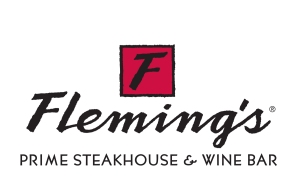McCutcheon v. FEC:
In McCutcheon, a political donor is challenging sections of federal campaign finance laws that limit donations to politicians and political committees. The donor is not challenging the individual cap on donations to any particular candidate or committee but is instead challenging the aggregate limits that limit the total amount of cash that can be donated during any political cycle. This case is, in some ways, a child of the controversial Citizens United v. FEC and promises to continue the same themes of free speech, money in politics, and the powers of Congress to regulate campaign finance.
| SCOTUS Blog | Oral Arguments | Additional Information |
Schuette v. CDAA:
Affirmative action is once again before the Supreme Court, though this case presents a new legal angle. Unlike previous cases in which the permissibility of affirmative action was decided, the issue in this case is whether voters in Michigan, which had an affirmative action policy, may eliminate this policy by state constitutional amendment. The amendment, passed in 2006, prohibits all Michigan public schools from considering factors such as race or gender as part of their admissions policies. At the circuit level, a closely divided 8th Circuit panel held that the amendment violated the 14th Amendment
| SCOTUS Blog | Oral Arguments | Additional Information |
NLRB v. Canning:
The Constitution grants the President the power to make appointments while the Senate is in recess but otherwise requires the President to receive the consent of the Senate. In 2012, President Obama determined that the Senate was in recess and made several appointments to the National Labor Relations Board. However, the Senate was not technically in recess at this time because it was conducting pro forma sessions at regular intervals. The question, practically, is whether the Senate can effectively block the President making recess appointments by holding sessions that are pure formality.
| SCOTUS Blog | Additional Information |
Greece, N.Y. v. Galloway:
This First Amendment case concerns whether or not a city meeting may open with a religious prayer. The case will once again reopen debate as to where to draw the line on invocation of religious themes at government facilities.
| SCOTUS Blog | Additional Information |
Mt. Holly v. Mt. Holly Gardens Citizens:
Urban renewal policies have sometimes been criticized as allowing racialized housing discrimination by city governments. Here, the litigants are a group of African-American residents who argue that the government of Mt. Holly is engaging in discriminatory use of urban renewal policies. The litigants are bringing this case under the Fair Housing Act, but the case recalls the eminent domain issues arising from cities seizing land for urban development. These kinds of takings were considered by the Court in the controversial Kelo case in 2005.
| SCOTUS Blog | Additional Information |
McCullen v. Coakley:
This case combines two highly contentious issues: free speech and abortion. The issue in this particular case is a Massachusetts law that strictly limits the ability of people to protest within thirty-five feet of a health facility that provides abortions. The case provides an opportunity for the Court to reconsider the 2000 case of Hill v. Colorado, which may or may not allow Massachusetts to enforce the currently disputed law.
| SCOTUS Blog | Additional Information |


